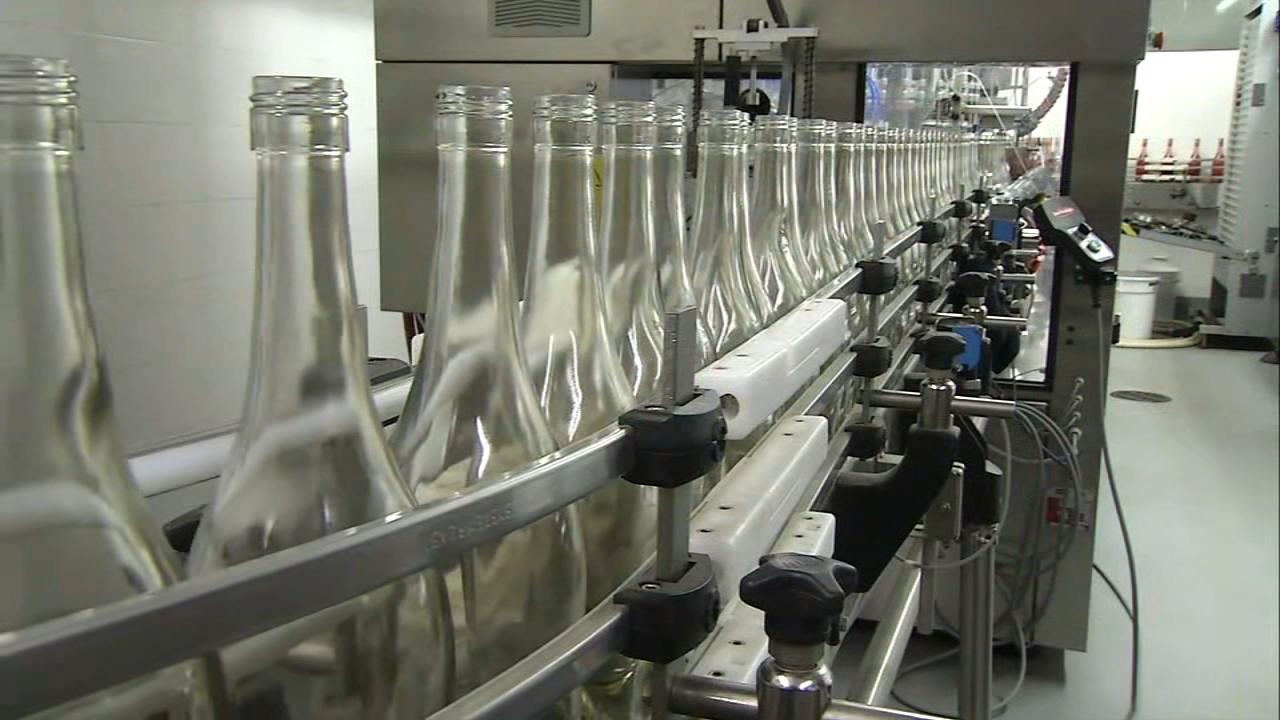CLYF Group was founded in 2000, covering a total area of 15,0000m2. We currently has 2 kilns and 6 production lines, with a daily production capacity of 600,000 glass bottles. We provide our customers with high-quality glass products for spirits and food, perfumes and cosmetics, as well as pharmaceuticals.

The main raw materials for manufacturing glass bottles are:Silica sand: main component, accounting for about 70-75% of glass.
Soda ash: Helps lower the melting temperature of silica.
Limestone: Adds stability and durability to glass.
Recycled glass (cullet): It has a lower melting temperature compared to raw material, thus helping to reduce energy consumption.
These materials are mixed together in the correct proportions. The batch mixture is then heated to 1700°C (3092°F) in a furnace to form a molten glass mixture.

The refined and conditioned glass mixture is shaped into bottles using one of two methods:
Blow-and-blow method
1. Gob formation: the molten glass is cut into gobs (small, measured amounts of glass)
2. Initial blow: each gob is dropped into a black mould, and air is blown into it to form a parison (initial shape)
Final blow: the parison is moved to a finishing mould, where air is blown again to form the final bottle shape
The press-and-blow method
1. Gob formation: in a similar way to the blow-and-blow method, gobs are formed
Pressing: a gob is placed into a blank mould, and a plunger presses it into the shape of parison
2. Blowing: the parison is transferred to a finishing mould, and air is blown to form the final bottle shape.

Once the formation process is completed, the glass containers are transferred to an annealing lehr which gradually cools the glass products down to relieve internal stresses that could lead to shattering or cracking. This process ensures the strength and durability of the glass.

Each bottle is rigorously inspected to check for defects such as cracks, bubbles or inconsistencies in thickness. Any bottle showing imperfections such as misshapen areas, cracks and bubbles is taken out of the batch and recycled.
Both manual and automated inspection methods are used to ensure the glass is as high-quality as possible.
The finished bottles are then cleaned, packaged and prepared to shipment to customers.
The production of glass bottles for packaging is a complex and meticulous process that transforms raw materials into durable, functional, and aesthetically pleasing containers that can be used for packaging.
